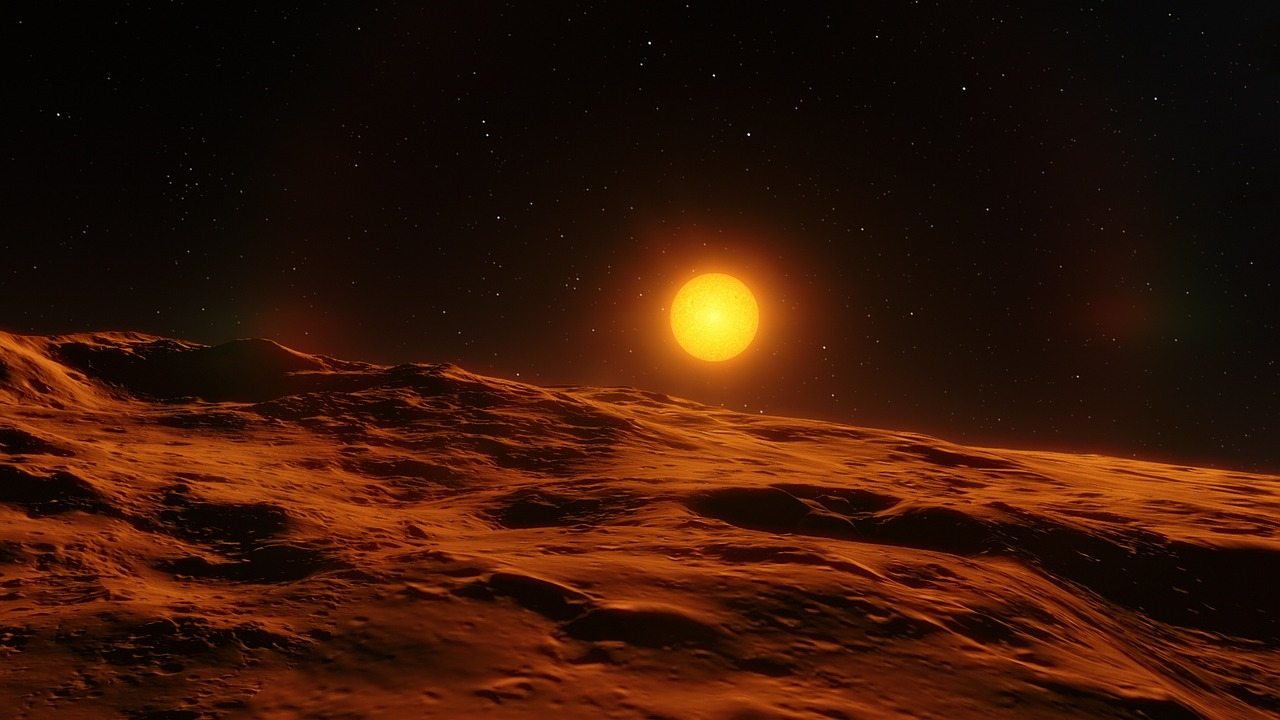Water could be present on Earth-sized planets 40 light years away
Water could be present on the surface of seven Earth-sized planets of the TRAPPIST-1 planetary system. An international collaboration of researchers has discovered that Earth-sized planets 40 light years away could be habitable. Important contributions to this discovery were made by the Department of Physics at the University of Warwick.
The TRAPPIST-1 planetary system was discovered in February 2017 and is a system with the largest number of Earth-sized planets known to date. Researchers used the Space Telescope Imaging Spectograph (STIS) on the NASA/ ESA Hubble Space Telescope to estimate the amount of water that might be present on the surface of these seven planets.
The TRAPPIST-1 planetary system was discovered in February 2017 and is a system with the largest number of Earth-sized planets known to date…
The researchers measured the amount of ultraviolet (UV) irradiation that the planets receive from the TRAPPIST-1 star. These UV rays cause the water molecules on the planets to break apart into their constituent atoms, hydrogen and oxygen. This process is called photodissociation. The X-rays and XUV rays (ultraviolet radiation of greater energy) heat up the atmosphere of TRAPPIST-1 causing the products of photodissociation to escape. The light hydrogen gas can be detected around the planets by the Hubble Telescope, and therefore can be used as an indicator of atmospheric water vapour.
The observed UV irradiation of planets by the TRAPPIST-1 dwarf star suggests that the planets have lost gigantic amounts of water over the course of their history. This is particularly true for the two innermost planets, TRAPPIST-1b and TRAPPIST-1c, which receive the greatest amount of UV radiation from the TRAPPIST-1 star. These two planets could have lost twenty Earth-oceans-worth of water during the last eight billion years.
Because these planets are further away from the star, they would have received less UV radiation…
The outermost planets of the TRAPPIST-1 planetary system would have lost much less water. These include the e, f and g planets which fall under the habitable zone. Because these planets are further away from the star, they would have received less UV radiation and might have retained some of the water on their surface.
This study was led by the Swiss astronomer Vincent Bourrier from the Obervatoire de l’ Université de Genève. Significant contribution was made by Professor Peter Wheatley, from the University of Warwick’s Astronomy and Astrophysics group at the Department of Physics. Professor Wheatley’s background is in X-ray observations of interacting binary stars. His interests lie in studying the atmosphere of exoplanets. These are planets which orbit a star outside the solar system.
The results strongly indicate the presence of water on the surface of the outermost planets of the TRAPPIST-1 planetary system…
Professor Wheatley measured the X-ray irradiation of the planets by the TRAPPIST-1 star. He comments that, “It is exciting that we can now study the environments of individual Earth-sized planets. Our results suggest that water, and potentially life, could have survived in the TRAPPIST-1 system, despite the relatively intense ultraviolet and X-ray irradiation of the planets.”
Whilst the results strongly indicate the presence of water on the surface of the outermost planets of the TRAPPIST-1 planetary system, no final conclusions can be drawn on their water content. Bourrier concludes that the results “also highlight the need for theoretical studies and complementary observations at all wavelengths to determine the nature of the TRAPPIST-1 planets and their potential habitability.”

Comments (1)
Would planet g have a strong magnetic field thus enabling it to fend off radiation from the red dwarf?